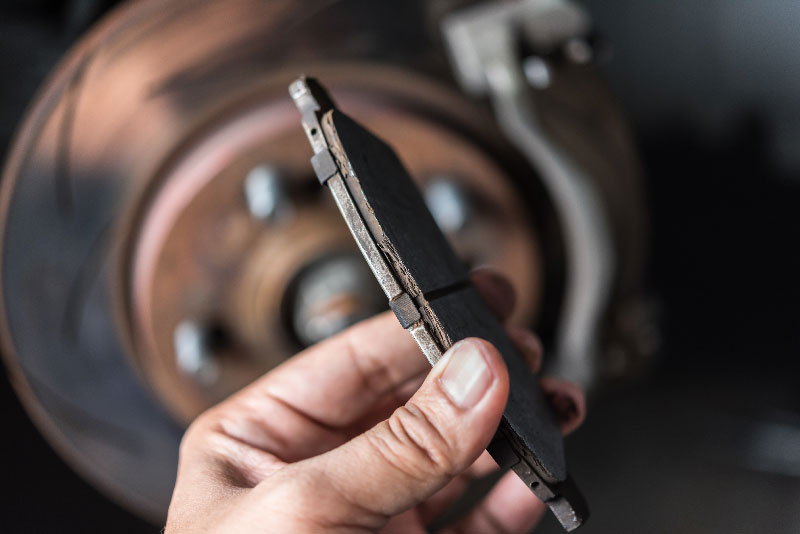Moissanite Magic: Unveiling the Affordable and Ethical Diamond Alternative

In the world of fine jewelry, the allure of diamonds has always been undeniable. Yet, beyond the traditional sparkle lies a burgeoning trend towards more ethical and affordable alternatives. Enter moissanite – a gemstone that is captivating hearts and minds alike with its brilliance and ethical pedigree. For those seeking beauty without compromise, moissanite offers a compelling choice, especially for engagement rings.
Moissanite, originally discovered in 1893 by French scientist Henri Moissan, is a gemstone born from the stars. Its natural counterpart is extremely rare, found in meteorites, but technological advancements have enabled the creation of moissanite in laboratories to exacting standards of quality and ethics. Unlike diamonds, which are often mined under conditions that raise concerns about environmental impact and labor practices, moissanite production is inherently more sustainable and ethical. This factor alone has increasingly drawn conscientious consumers to consider moissanite as their gemstone of choice, particularly for symbolic pieces like engagement rings.
What sets moissanite apart from other diamond simulants is its brilliance and fire. With a refractive index higher than that of diamonds, moissanite exhibits a dazzling sparkle that rivals its natural counterpart. This optical property, combined with its hardness (ranking close to diamonds on the Mohs scale), ensures that moissanite not only catches the eye but also withstands the test of time, making it ideal for daily wear and special occasions alike. For couples looking to celebrate their love with a ring that symbolizes both beauty and resilience, moissanite offers an attractive solution.
Another compelling aspect of moissanite is its affordability. Compared to diamonds of similar size and quality, moissanite typically costs significantly less, allowing consumers to choose larger stones or allocate their budget towards custom settings or other aspects of their wedding plans. This cost-effectiveness has made moissanite a popular choice not only for engagement rings but also for wedding bands and anniversary gifts, where the desire for elegance and meaningfulness meets practical considerations.
From a design perspective, moissanite’s versatility further enhances its appeal. It is available in various shapes and sizes, catering to diverse tastes and preferences. Whether set in a classic solitaire design, a vintage-inspired halo setting, or a modern bezel, moissanite adapts beautifully to different styles, offering limitless possibilities for personal expression and creativity. This flexibility has earned moissanite a loyal following among couples who wish to craft bespoke jewelry pieces that reflect their unique love stories.
Ethical considerations aside, moissanite’s environmental footprint is also considerably smaller than that of diamonds. By opting for lab-created moissanite, consumers can reduce the demand for mining and contribute to sustainable practices within the jewelry industry. This eco-friendly aspect resonates deeply with individuals who prioritize environmental stewardship and seek to make informed choices about the products they purchase.
In conclusion, moissanite represents more than just an alternative to diamonds; it embodies a shift towards conscientious consumerism in the realm of fine jewelry. Its unmatched sparkle, durability, affordability, and ethical pedigree make it a compelling choice for anyone in search of beauty and meaning. As the demand for sustainable and socially responsible products continues to grow, moissanite emerges not only as a gemstone but also as a symbol of a brighter, more responsible future in the world of engagement rings and beyond. Whether chosen for its ethical advantages, its aesthetic appeal, or its practical benefits, moissanite truly casts a spell of enchantment that is difficult to resist.





